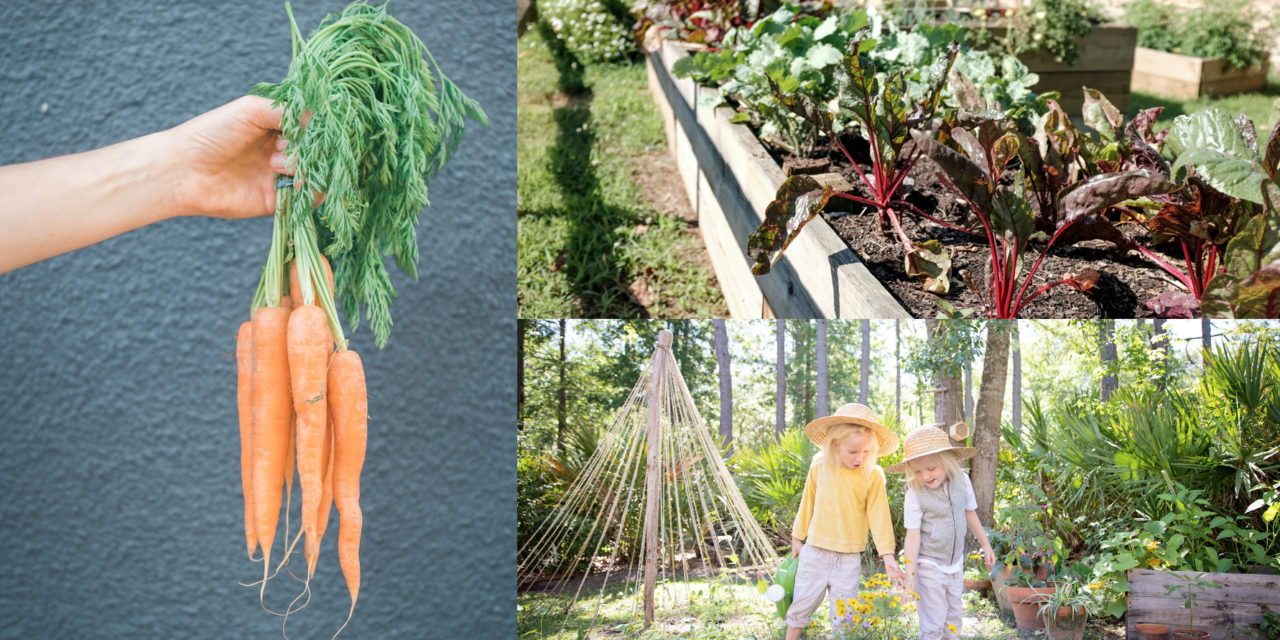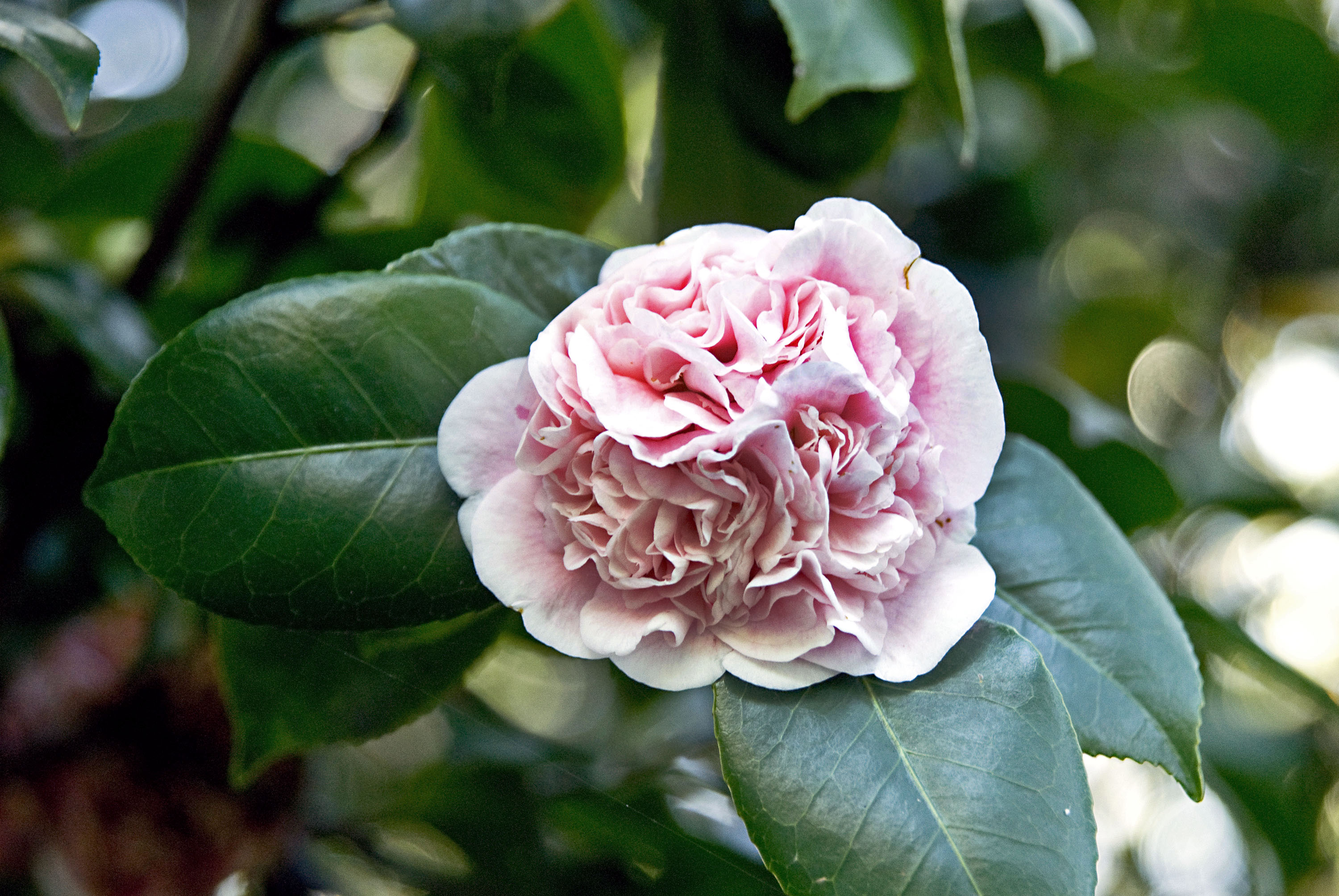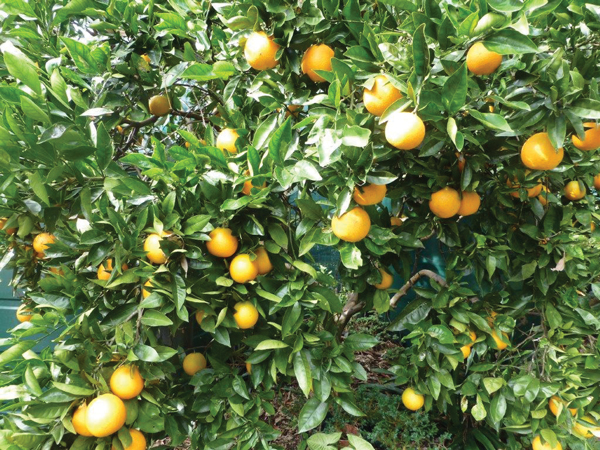Madeleine Taplin
When you cook, nothing tastes better than something that you have been able to grow yourself. Lemonade always tastes better when you grew the lemons, and everyone knows how good a home-grown carrot can be! With this in mind, now is the perfect time to start up your very own herb and veggie garden and help take your cooking and sustainability to the next level.
Pick a location:
The level of sunlight your garden space receives during the day will determine what plants you will be able to grow. For this reason, you need to pick a location that gets up to six hours of sunlight a day, allowing flexibility in produce. If this level of sunlight is not available, don’t be discouraged! There are plenty of plants that thrive in partial sunlight or even partial shade environments! Make sure you pick a spot that has good quality soil, as this will help your garden retain nutrients and hold water long enough for growth to occur. If you plan on building a free-standing garden, invest in some good quality starting soil.
Determining what to plant:
Now you have the perfect spot picked out you can determine what you want to plant. Keep in mind the season in which you begin planting, and what exactly you would like to grow. For herbs, keep in mind whether they are perennial or annual growers. Perennial plants such as mint, oregano, rosemary and thyme will regrow every spring, whilst annual plants such as basil, coriander and fennel will live for only one growing season before dying off.
Designing and Planning:
Depending on how big or small you plan your garden patch to be, you may need to put some effort into designing it. Start by drawing a plan of the space you intend to use and any existing structures surrounding it. Mark out on the plan which areas of the bed receive the most sunlight and match this space to your veggies or herbs that require it. Don’t forget to take into consideration a bit of extra growth space around each piece of produce!
Planting:
Start by preparing your soil for its new inhabitants before planting the seeds or seedlings, making sure you create a schedule to water them regularly. When you go to plant the seeds, make sure you turn the soil over with a square-bladed spade, as this will help to loosen the soil, aerate it, and provide enough room for the growth and spread of the roots.
Feed and Care:
Once your garden is running and thriving, you should keep it well fed using fertilisers. The garden patch will also require watering all year round. If you won’t remember to physically water them yourself, consider installing a selection of garden irrigation systems or pop-up sprinklers. Finally, to make sure all your hard work results in the best possible produce, you should also protect your vegetable garden from pests utilising sprays, and ensure you remove any weeds that might sneak up on you.
Easy Veggies and herbs to grow as a first-time producer:
- Tomatoes
- Basil
- Eggplant
- Baby Lettuce
- Kale
- Peas
- Rosemary












